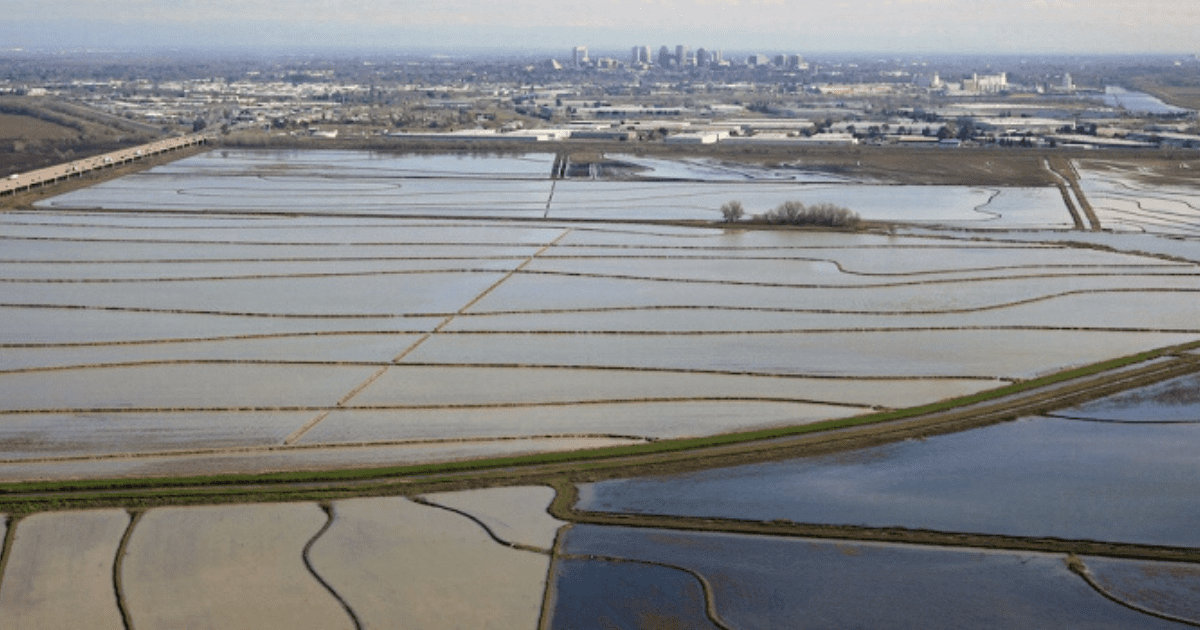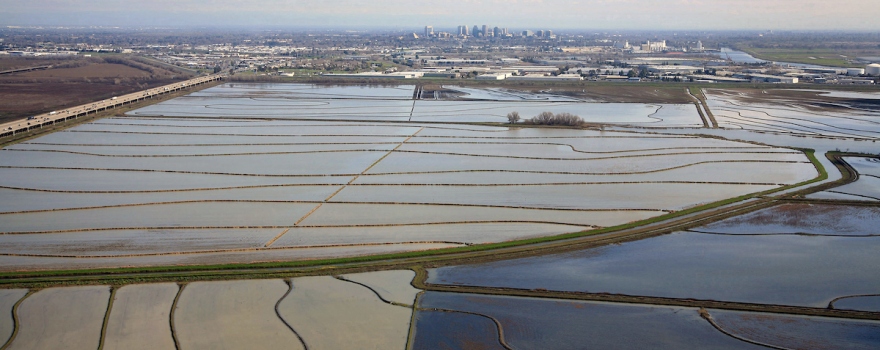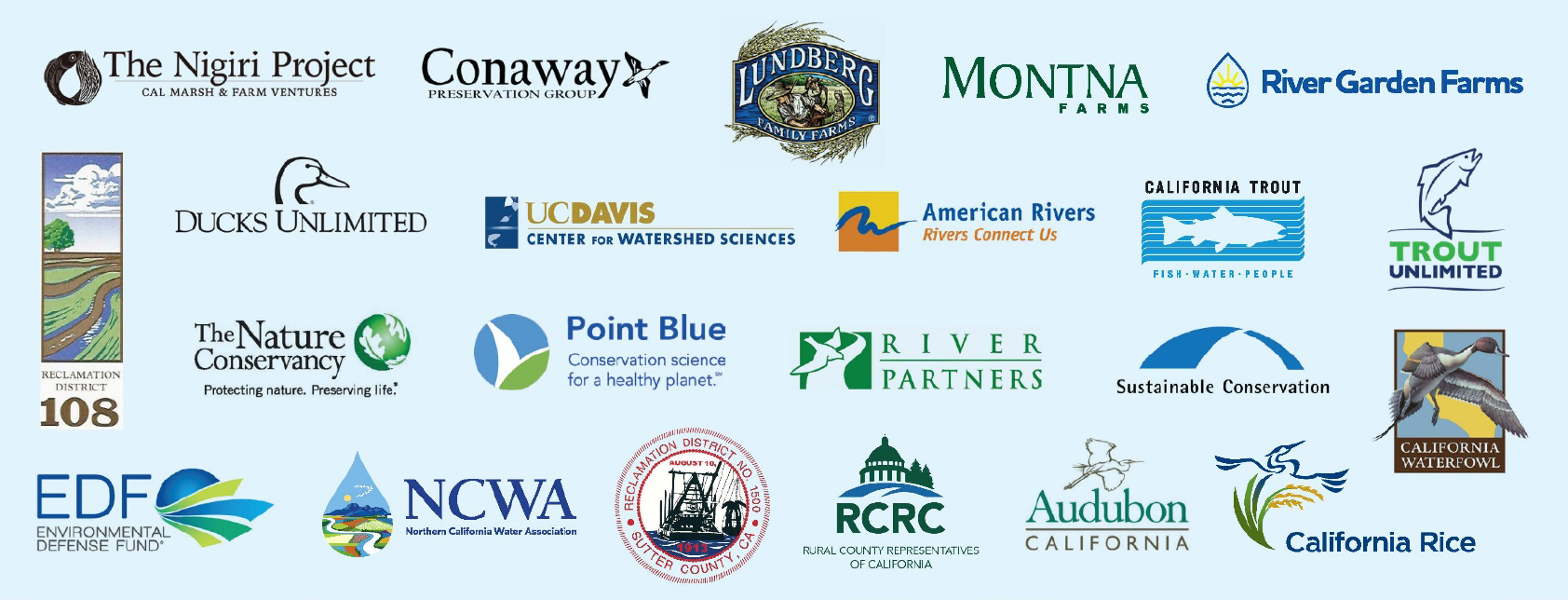Applauding the Funding in the California State Budget to Help Reactivate Floodplains in the Central Valley
A Broad Group of Conservation Organizations, Landowners, Local Governments, Water Suppliers and Academic Institutions Applaud the Funding in the California State Budget to Help Reactivate Floodplains in the Central Valley
June 27, 2019
We applaud the Governor and the Legislature for including $92 million in the 2019-2020 State Budget for important investments to improve public safety, enhance water security and provide fish and wildlife habitat. These initial investments in multi-benefit projects using funding approved by California voters in recent bond measures are a win for both people and the environment as these efforts–which include projects to reactivate historic floodplains in the Central Valley–will upgrade California’s aging water and flood infrastructure while simultaneously enhancing the function of our river ecosystems for the benefit of fish and wildlife populations.
We are a diverse coalition of conservation organizations, farmers, local governments, water suppliers and academic institutions who have come together to advance a new model for water management and land use. The old ways separated native species from the river environment. Many successful projects have shown that integrating a working 21st-century scientific knowledge of how rivers work into the management of farms, flood protection, and water infrastructure create a system that functions far better for fish, birds, wildlife farms and cities.
In addition to the budget, we are also encouraged the Governor called out reactivating Central Valley floodplains in his State of the State address in February and his Executive Order on April 29, 2019, specifically directs the state’s water resilience portfolio to “utilize natural infrastructures such as forests and floodplains.”
Spreading out and slowing down flood waters across historic floodplains mimics natural flow patterns and provides multiple benefits year-round by allowing farmers to cultivate rice and other crops for humans during the spring and summer, habitat for wild birds, reptiles, and other fauna in the fall, and food for migratory birds and native fish species in the winter, all while continuing to provide critical flood protection for Sacramento and other parts of the Valley.
Examples of this multi-benefit approach are described in the attached document: Reactivating our Floodplains–A New Way Forward for California. The Sacramento Valley is fertile ground for developing this new path forward which integrates best available science about how river ecosystem’s function with the practical know-how of farm, flood and wildlife refuge managers.
Implementing these dynamic conservation strategies will build resiliency in both California’s environment and water systems by:
• supporting the abundant return of migratory birds along the Pacific Flyway;
• revitalizing river food webs and supporting the recovery of salmon populations;
• recharging precious groundwater aquifers;
• improving flood protection in an era of increasing storm severity and a changing climate.
Science and experience have shown that flood protection bypasses, farmland and wildlife refuges that occupy historic Central Valley floodplains can be managed to mimic the historic natural processes and patterns which create and sustain fish and wildlife habitat.
We all look forward to continuing our collaborations with the Newsom Administration and the Legislature to secure additional funding to advance these important win-win efforts. Together we can reactivate Central Valley floodplains and help build a more secure water future for all Californians, even those that happen to be finned and feathered.
Resources
[gview file=”https://caltrout.org/wp-content/uploads/2019/07/ReactivatingFloodplains.Jun2019.pdf”]
[gview file=”https://caltrout.org/wp-content/uploads/2019/07/floodplains.budget2019.pdf”]







